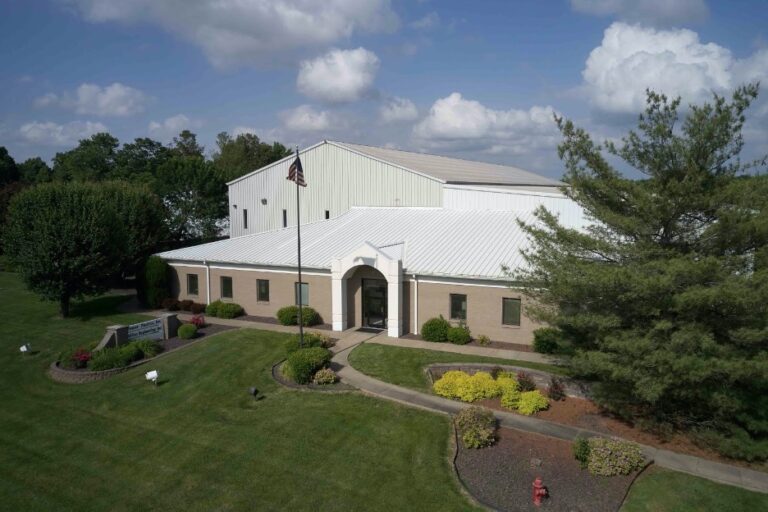
Smart Strategies for Hiring Plastic Injection Molding Companies
Whether you’re about to ramp up existing production or add a new product line, you’re probably experiencing a mixture of excitement and apprehension. You may
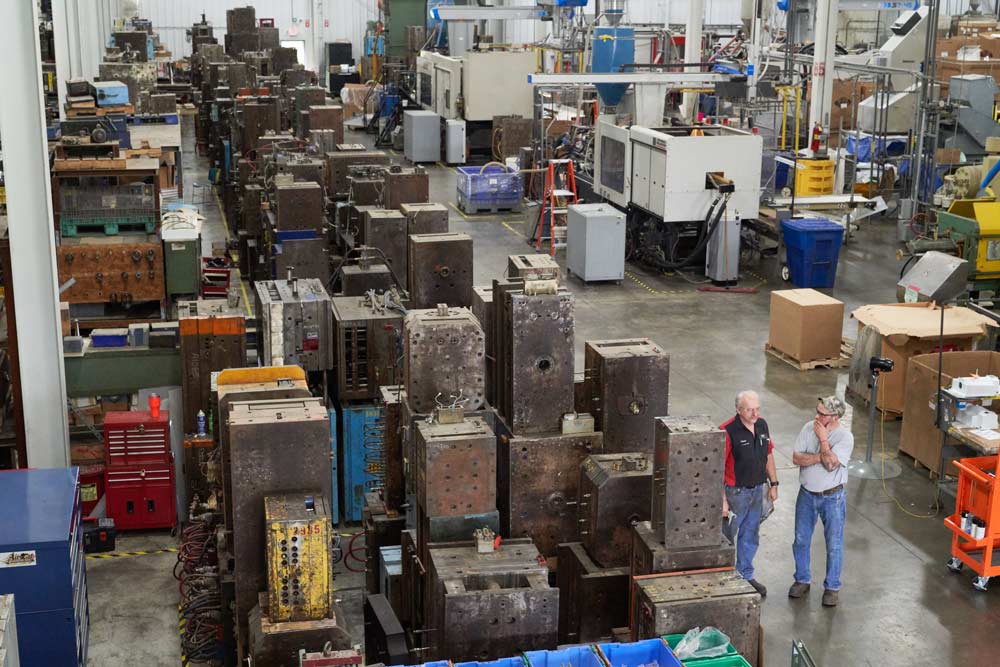
When we hold plastic parts in our hands, we usually aren’t thinking of how it was manufactured or what machines were used in the process.
However, if you take a closer look at the intricacies of the product, you’ll realize that it takes a very sophisticated process and similarly sophisticated machinery to make that part.
Here’s a helpful guide that explains what these machines are and how they work.
First, after a part is designed, a skilled tool and die craftsman using state-of-the-art machinery like lathes, mills, or CNC machines creates a mold out of metal. This mold is created precisely for the specific plastic part.
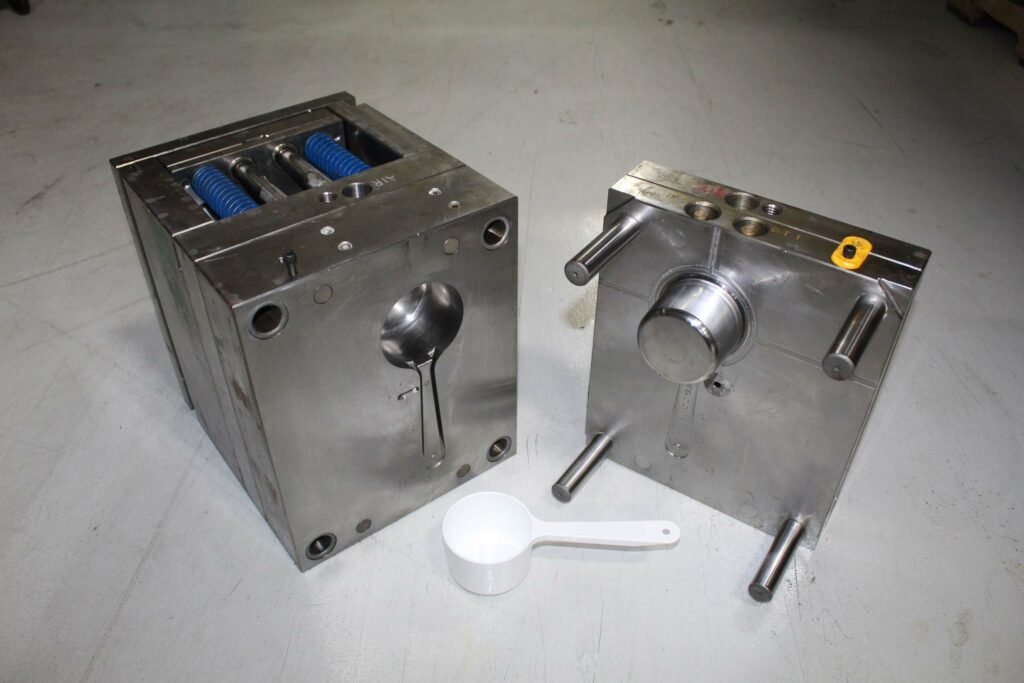
Then, this mold is transferred to an injection molding machine, where the actual “molding” occurs.
Plastic part manufacturers typically have various sizes of injection molding machines that are capable of manufacturing different-sized parts.
For example, Pioneer Plastics currently operates 22 modern plastic injection molding machines ranging from a 75-ton to an 880-ton clamp force.
An Example of a Larger Machine – The Cincinnati
Larger machines can produce pieces like refrigerator shelves, vent covers, washer and dryer doors, and much more.
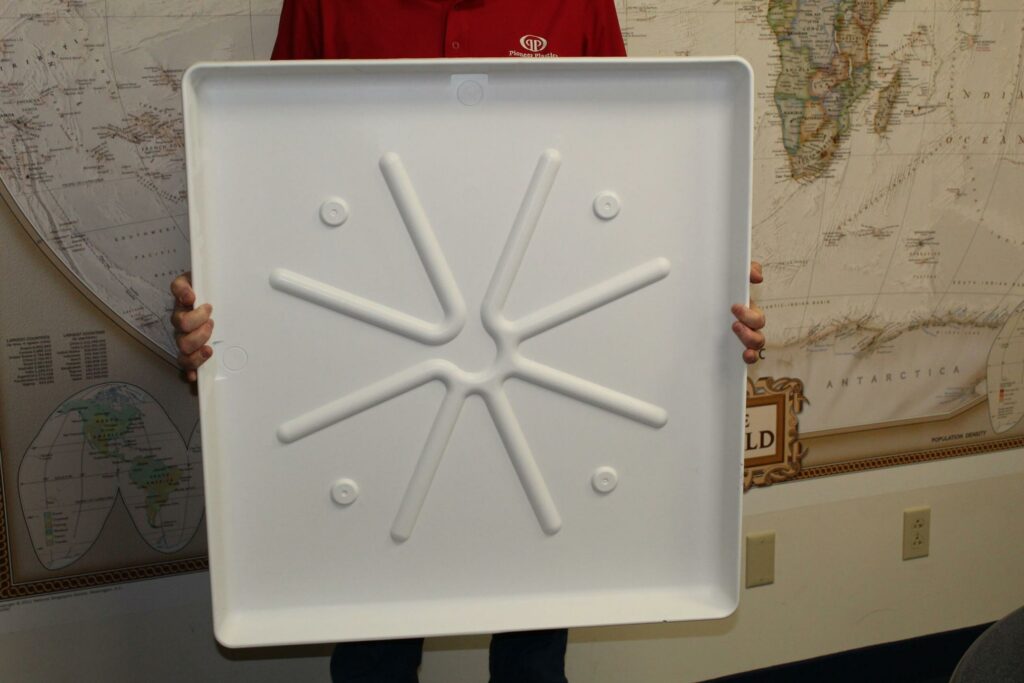
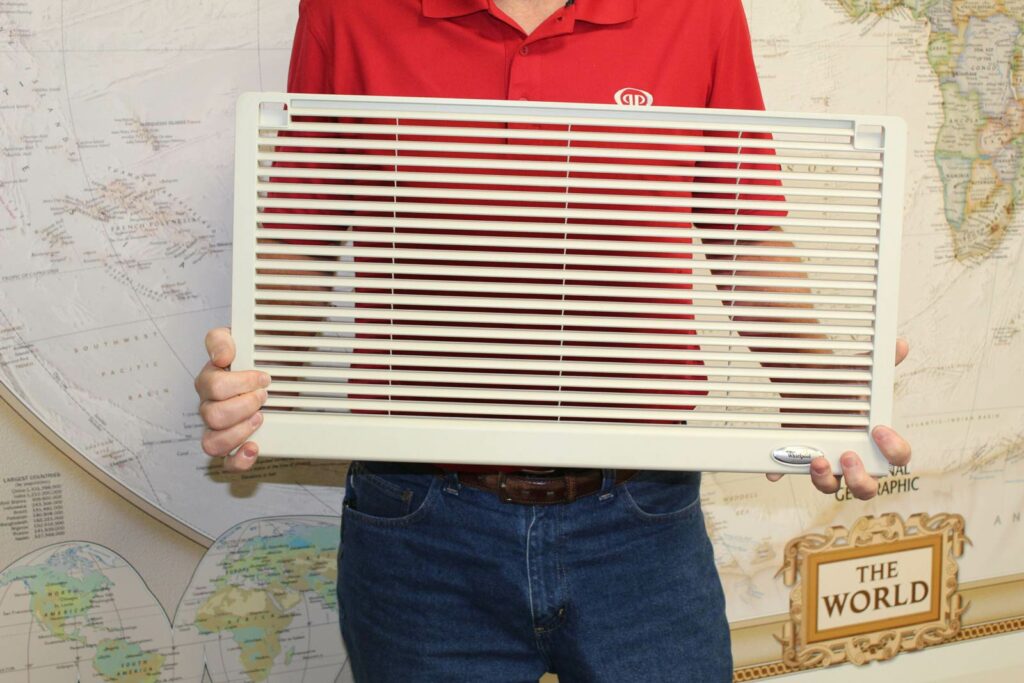
An Example of a Small Machine – The Nissei
Smaller machines like the Nissei are capable of producing plastic parts as small as golf tees, tacks, toy car display cases, buttons, and various other small items.
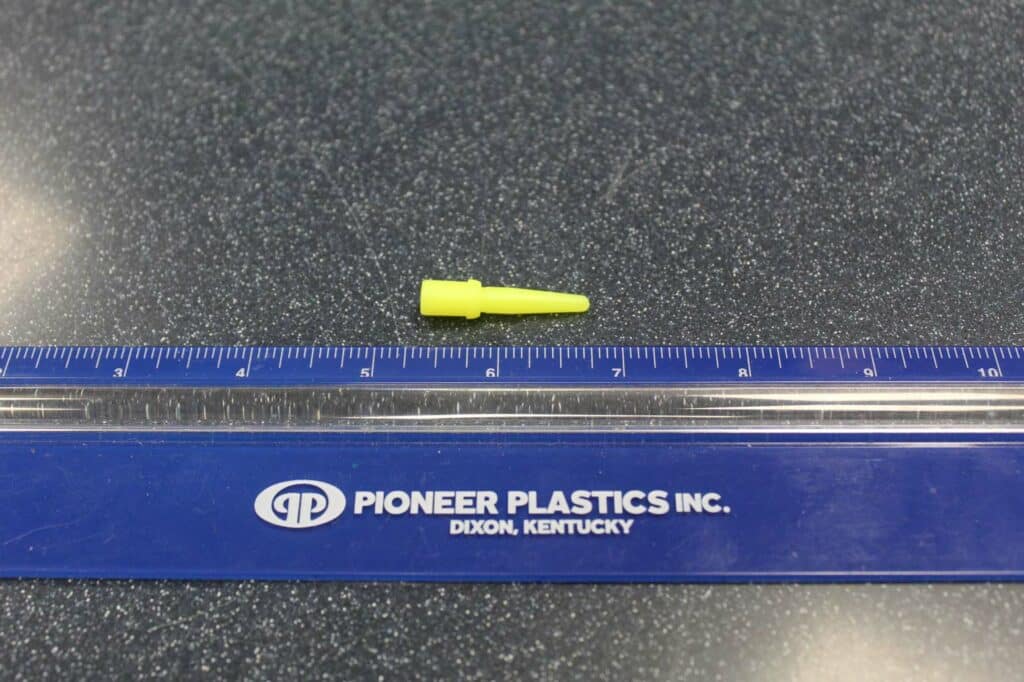
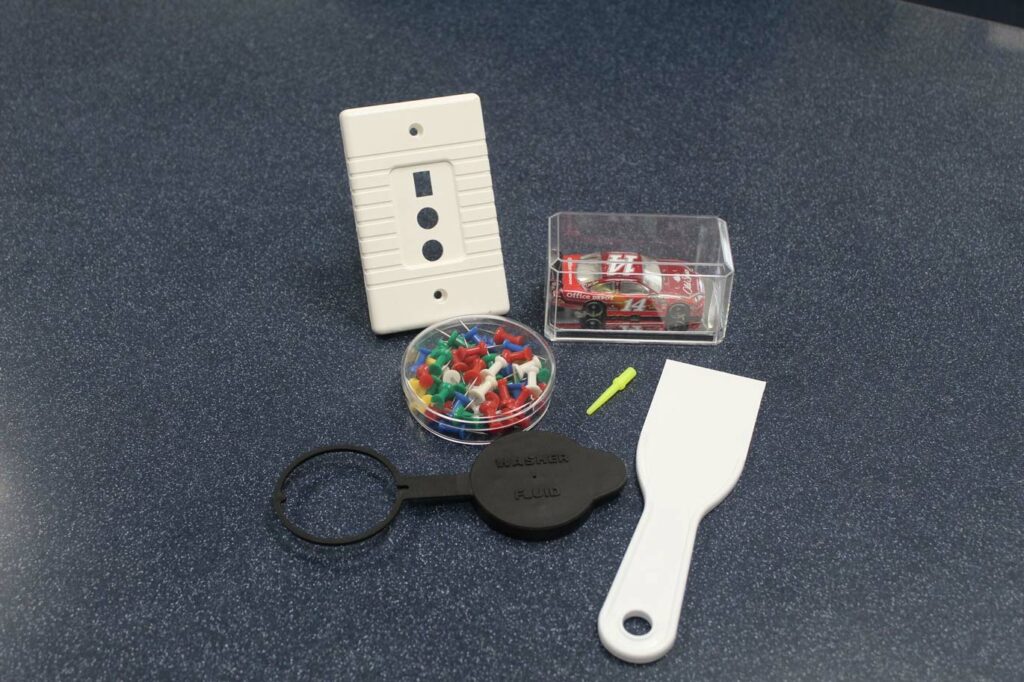
What is shot size?
Shot size refers to the maximum amount of plastic that can be injected in one cycle of injection molding. The bigger the part, the larger shot size required.
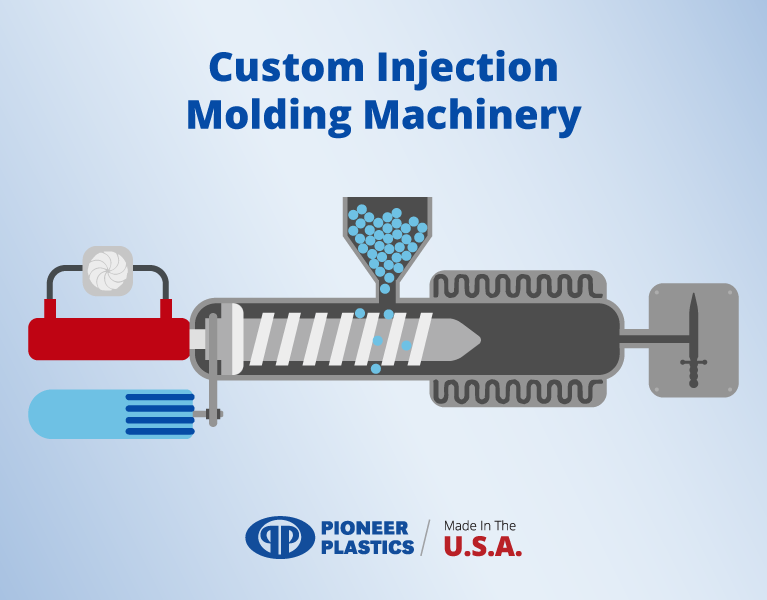
Since this can be a complicated process, we’ll compare it to the process of making fun Jell-O® shapes.
To boil it all down, these machines inject resin into a mold, which shapes the polymer into a functional plastic part after it’s cooled.
The assembly and decoration processes occur after the plastic parts undergo the injection molding process.
The injection molding process requires an incredible amount of machinery to produce one small piece of functional plastic. However, these plastic parts, along with the equipment involved, create the backbone to many industries like food processing, packaging, and home appliance manufacturing.
If you’d like to learn even more about the custom plastic part manufacturing process, click here.
Our 100,000+ square foot production and distribution facility is located in the heart of the Midwest, just a few hours from Indianapolis, St. Louis, Louisville, and Nashville. We have excellent access to all major transportation networks, allowing us to ship your products efficiently.
If you have a design for a plastic part or a custom injection molding project, contact us to see what Pioneer Plastics can do for you.
Regardless of the size of your plastic part, we can produce it.
The information provided in this content is for general informational purposes only and should not be considered professional advice. It is advisable to consult with a qualified industry professional before taking any action based on this information. The team at Pioneer Plastics is here to assist you with any questions you may have.

Whether you’re about to ramp up existing production or add a new product line, you’re probably experiencing a mixture of excitement and apprehension. You may
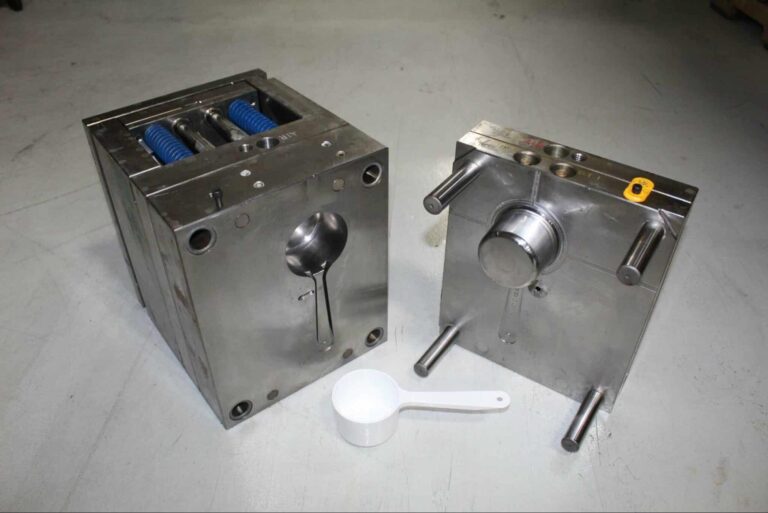
In industries reliant on plastic components, the success of a project often hinges on the efficiency and precision of the manufacturing process. At the heart
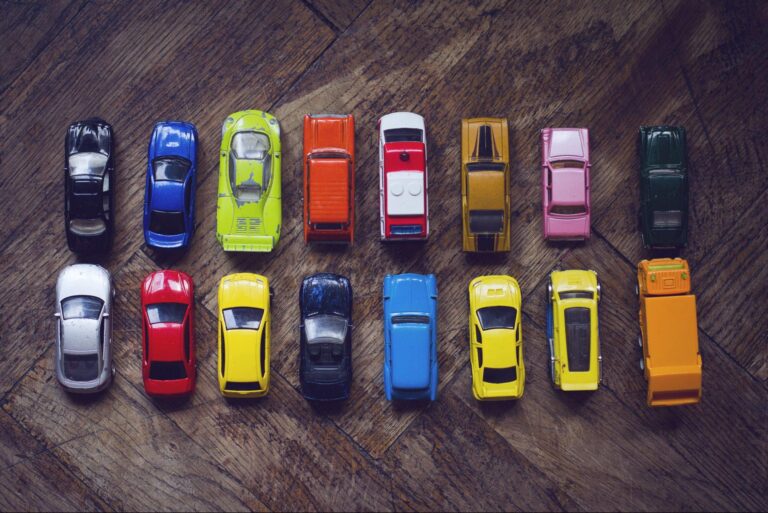
The art of collecting goes far beyond acquiring and safeguarding treasured items like diecast models. It’s about sharing your passion, telling a story, and transforming
